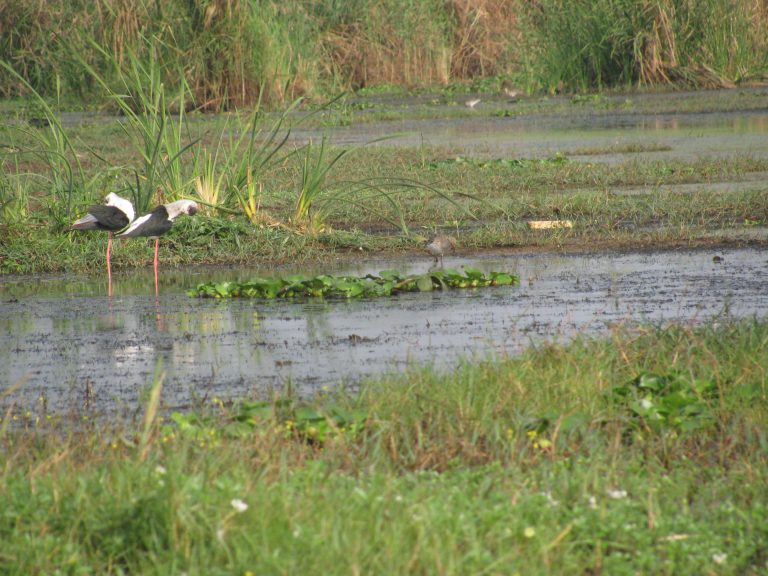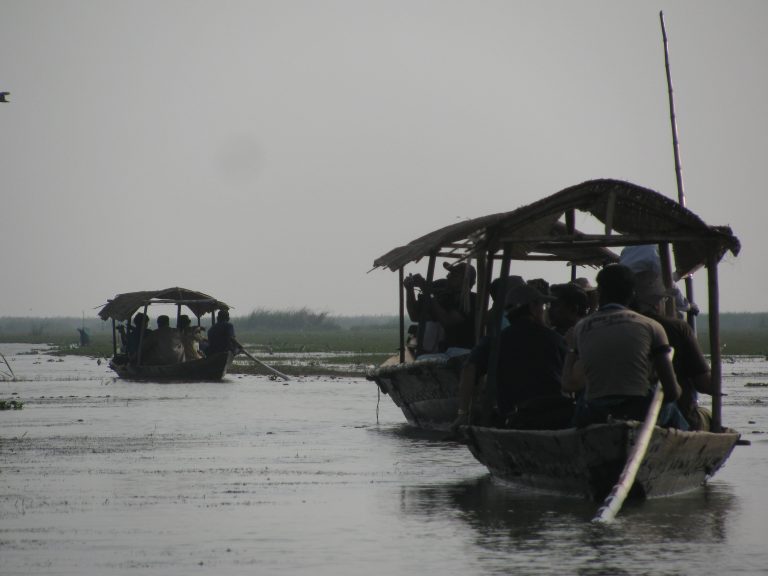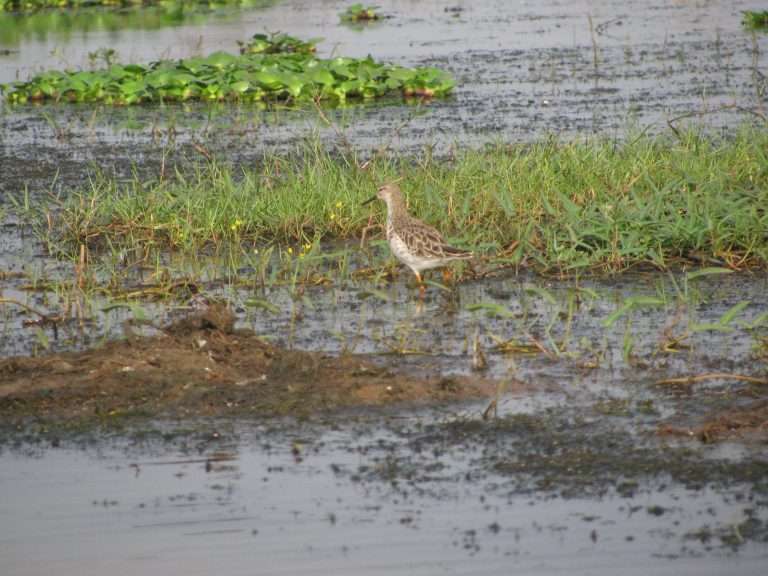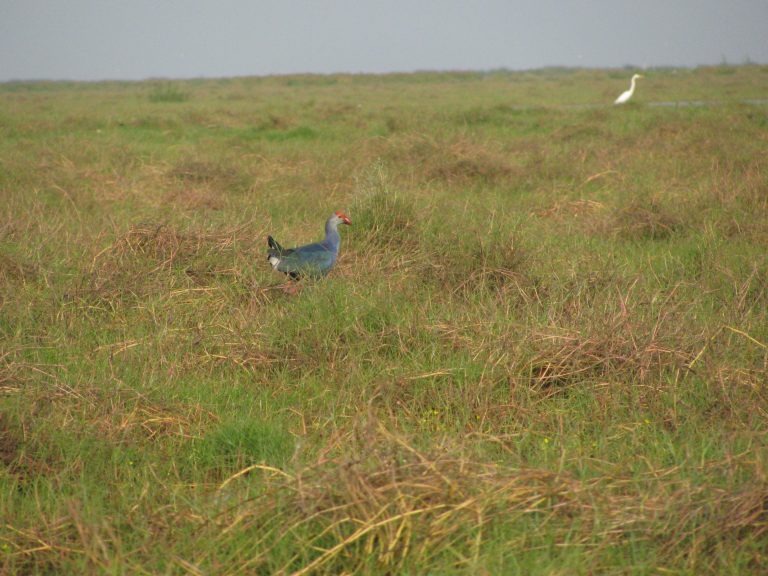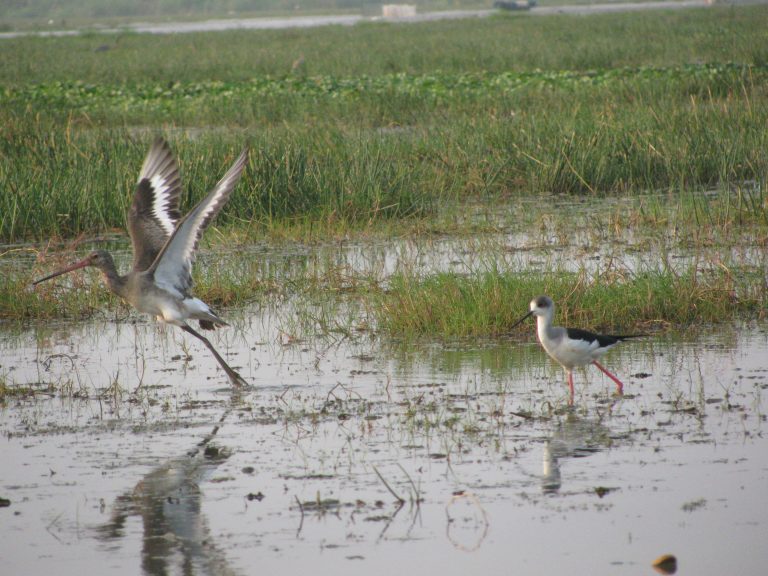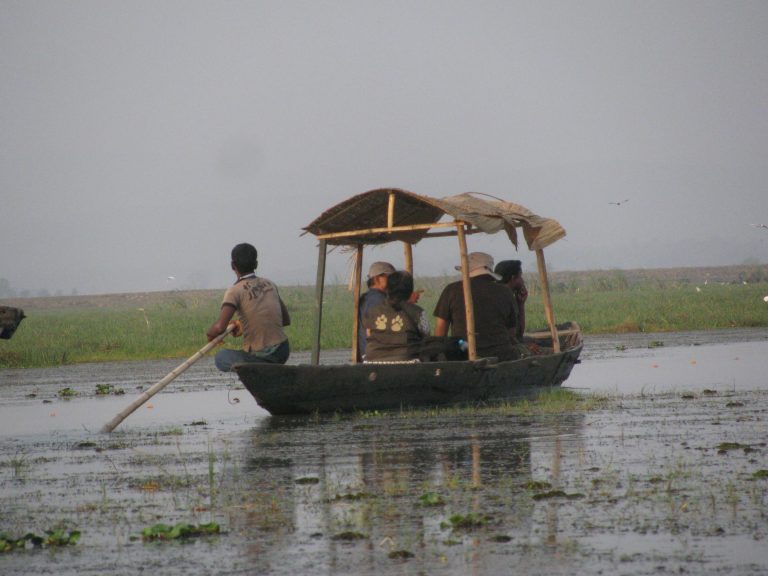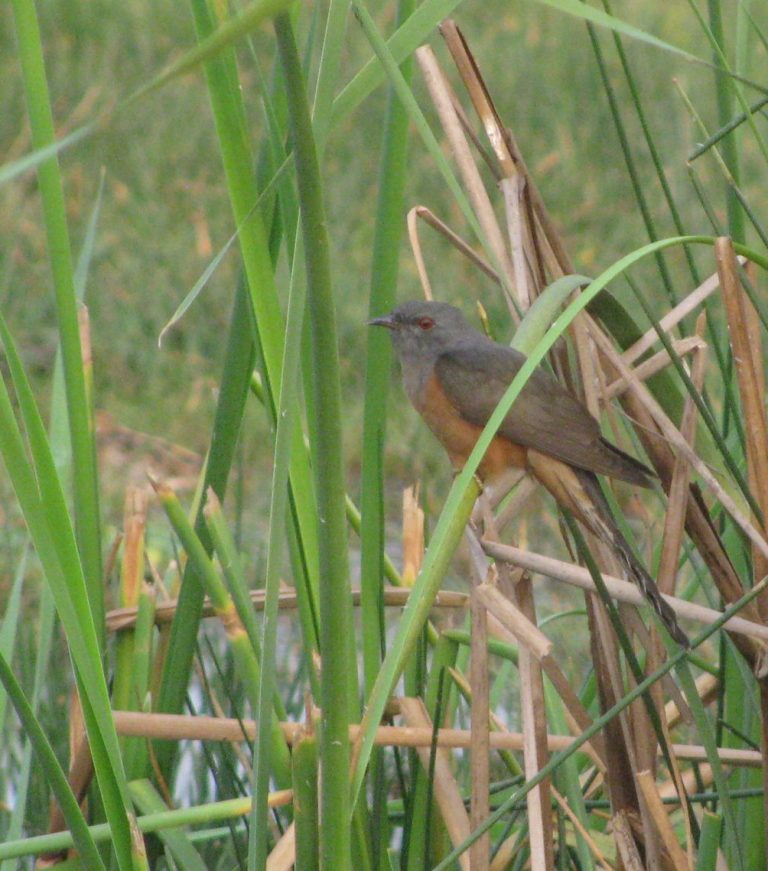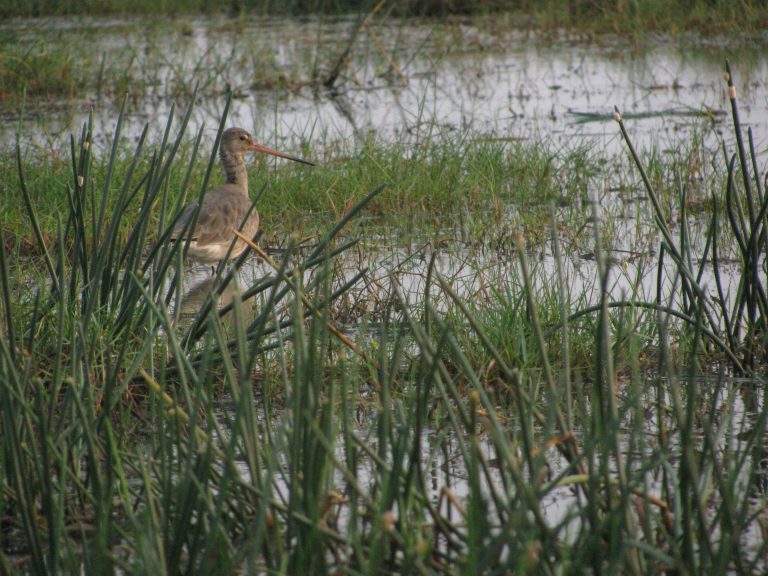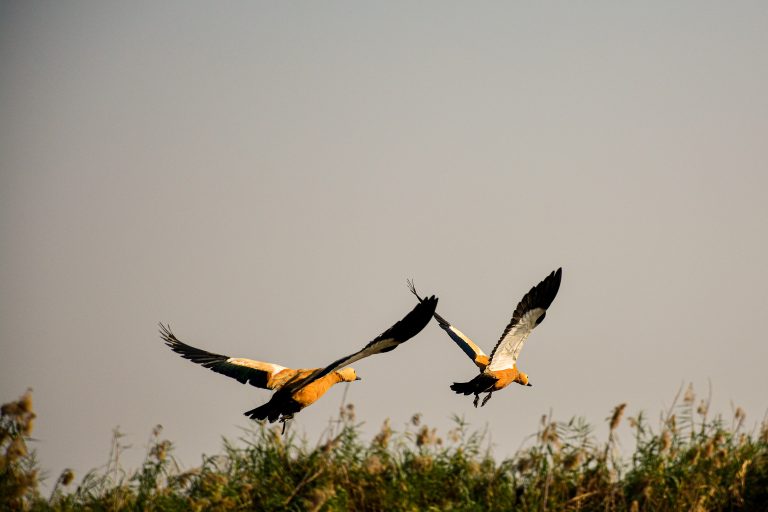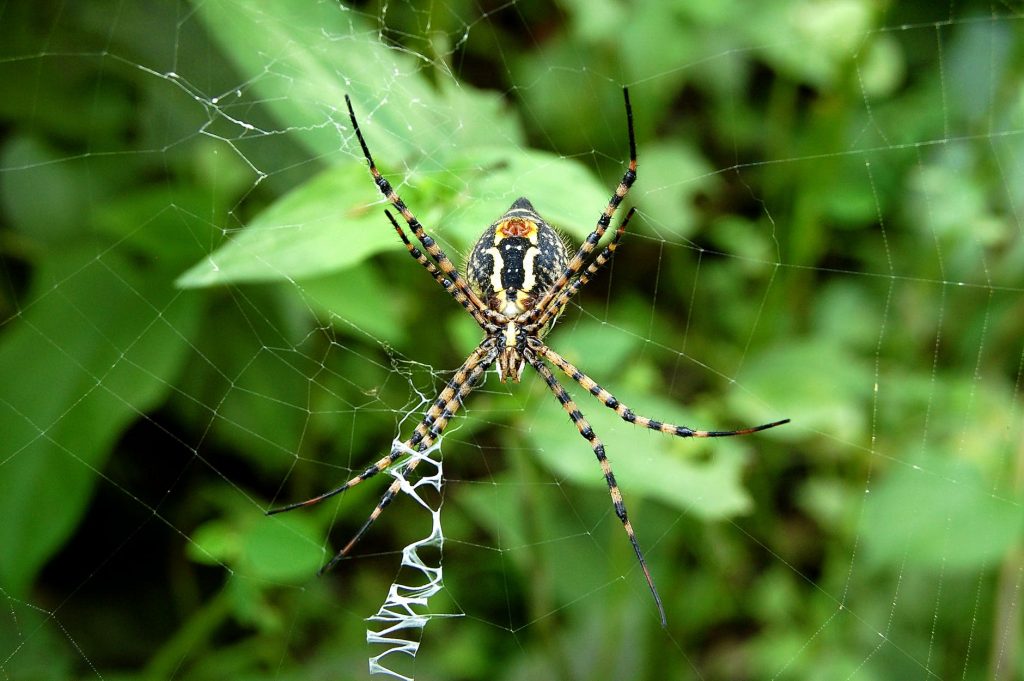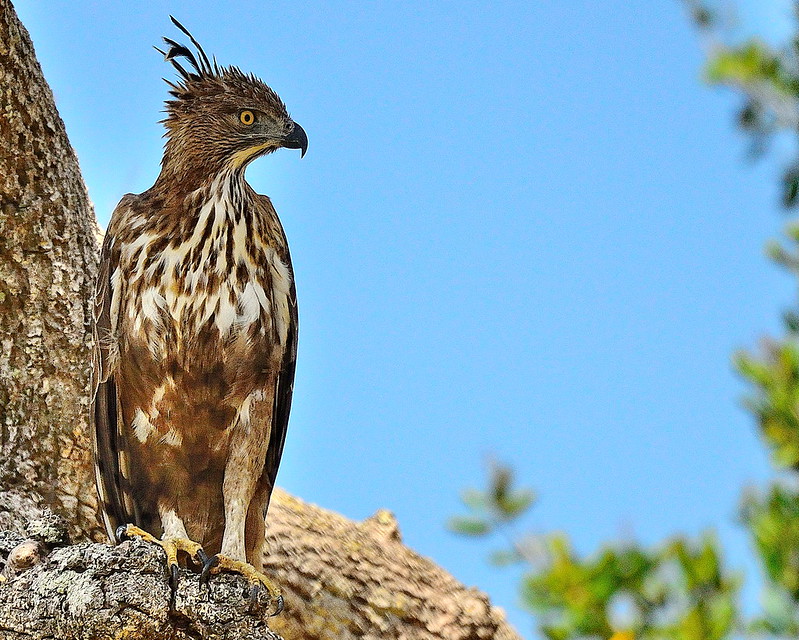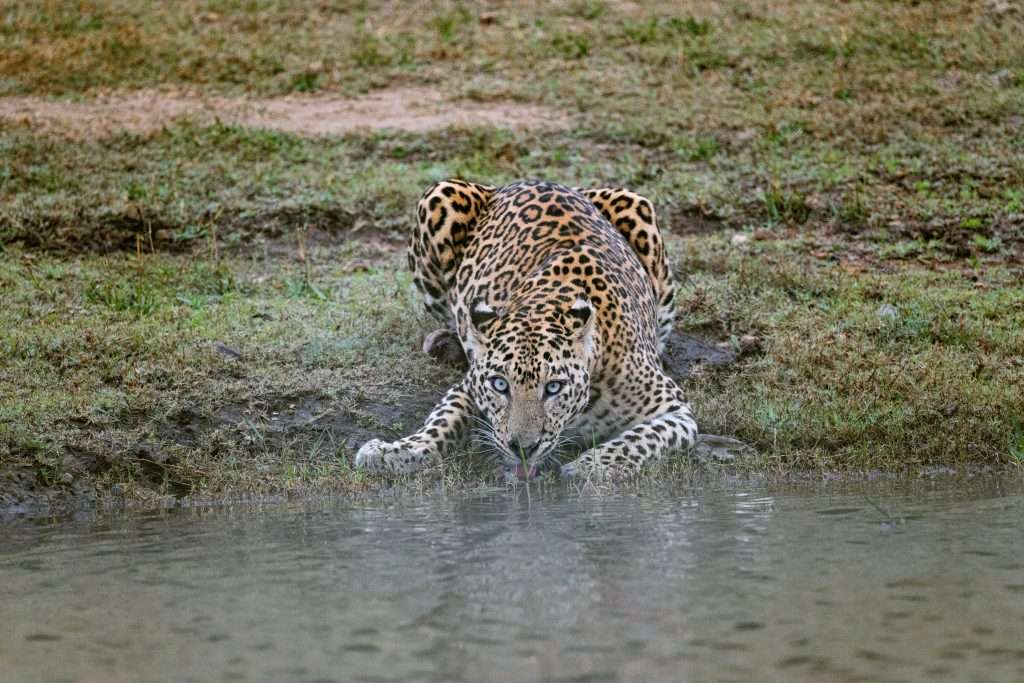- Overview
- Trip Outline
- Trip Includes
- Trip Excludes
- Important note
- Things to Carry
- Cancellation Policy
- Host
- Gallery
- Booking
🌿 Chilika Mangalajodi + Bhitarkanika Wildlife Tour
Embark on a mesmerizing wildlife journey through two of Odisha’s most remarkable ecosystems – Mangalajodi at Chilika Lake and Bhitarkanika National Park.
From the tranquil waters teeming with rare migratory birds to mangrove forests home to the world’s largest saltwater crocodiles, this trip is a treat for birdwatchers, nature photographers, and wildlife lovers alike. 🦢🐊
Why Visit
-
Witness thousands of migratory birds at Mangalajodi, including rare species like the Ruddy Shelduck, Northern Pintail, and Purple Heron.
-
Experience canoe rides through serene waterways for close-up birdwatching.
-
Explore Bhitarkanika’s mangrove forests, home to saltwater crocodiles, monitor lizards, king cobras, and over 320 bird species.
-
Visit ancient temples & coastal fishing villages for a cultural touch.
What’s Included
✔ Guided birdwatching sessions at Mangalajodi
✔ Canoe ride in Chilika Lake wetlands
✔ Bhitarkanika river safari for crocodile sightings
✔ Accommodation in eco-lodges & nature camps
✔ All meals (local & organic where possible)
✔ Expert wildlife & naturalist guides
Ideal For
-
Birdwatchers & photographers 📸
-
Families seeking nature escapes
-
Wildlife & eco-tourism enthusiasts
-
Students & researchers of biodiversity
Eco Practices
♻ Use of eco-friendly lodges
🚯 Zero single-use plastics
🌱 Support to local conservation projects
👣 Community-based tourism benefiting locals
Quick Facts
📍 Location – Odisha, Eastern India
🕒 Best Time – November to February (peak migratory season)
🐦 Bird Species – 200+ in Mangalajodi
🐊 Crocodile Population – 1,700+ in Bhitarkanika
🚤 Activities – Canoe ride, river safari, village walk
✨ This is where the skies meet the waters, and nature puts on its most spectacular show!
Mangalajodi
Mangalajodi is an olden village under Tangi, Odisha block in Khordha district of Odisha at the northern edge of Chilika Lake. Scenic beauty of this village and its vast wetland attracts the visitors. In 2017 this village is declared and functioning as a separate Grama Panchayat (Mangalajodi Grama Panchayat). Its vast wetlands attract thousands of migratory birds, journey from as far different places of the world. Its wetlands now host more than 1.5 lakhs of birds in the peak season. November to March is a good time to visit for enjoying an amazing experience. Its importance as a significant global wetland habitat and declared as an International Bird Conservation Area.
Chilika Lake:
Chilika Lake is a brackish water lagoon, spread over the Puri, Khurda and Ganjam districts of Odisha state on the east coast of India, at the mouth of the Daya River, flowing into the Bay of Bengal, covering an area of over 1,100 km2. It is the largest coastal lagoon in India and the second largest coastal lagoon in the world [dubious – discuss] after The New Caledonian barrier reef in New Caledonia.
It is the largest wintering ground for migratory birds on the Indian sub-continent. The lake is home to a number of threatened species of plants and animals. According to a survey, 45 percent of the birds are terrestrial in nature, 32 percent are waterfowl, and 23 percent are waders. The lagoon is also home to 14 types of raptors. Around 152 rare and endangered Irrawaddy dolphins have also been reported. Plus, the lagoon supports about 37 species of reptiles and amphibians.
White bellied sea eagles, greylag geese, purple moorhen, jacana, flamingos, egrets, gray and purple herons, Indian roller, storks, white ibis, spoonbills, brahminy ducks, shovellers, pintails, and more.
Migratory water fowl arrive here from as far as the Caspian Sea, Baikal Lake and remote parts of Russia, Mongolia, Lakah, Siberia, Iran, Iraq, and Afghanistan and from the Himalayas. A census conducted in the winter of 1997-98 recorded about 2 million birds in the lake.
In 2007, nearly 840,000 birds visited the lake, out of which 198,000 were spotted in Nalbana Island. On 5 Jan 2008, a bird census involving 85 wildlife officials counted 900,000 birds of which 450,000 were sighted in Nalabana. Removal of invasive species of freshwater aquatic plants, especially water hyacinth, due to restoration of salinity, is a contributing factor for the recent increasing attraction of birds to the lake.
Nalbana Island:
Nalbana Island is the core area of the Ramsar designated wetlands of Chilika Lake. Nalbana means a weed covered island In the Odia language. It is a major island in the center of the lake and has an area of 15.53 km2 (6.00 sq mi)[dubious – discuss]. The island gets completely submerged during the monsoon season. As the monsoon recedes in the winter, lake levels decrease and the island is gradually exposed, birds flock to the island in large numbers to feed on its extensive mudflats. Nalbana was notified in 1987 and declared a bird sanctuary in 1973 under the Wildlife Protection Act.
Region Mangalajodi Marshes, Bhitarkanika Mangroves, Orissa
No of Days Ex – Bhubaneshwar 04 Days
Grade Boat Safari Easy
Type Bird Watching
Departure date 27th November 2025
|
Day |
Itinerary |
Stay |
Meals |
|
Day 1 |
Bhubaneshwar – Mangalajodi |
Mud Cottages |
L,D |
|
Day 2 |
Mangalajodi |
Mud Cottages |
B,L,D |
|
Day 3 |
Mangalajodi – Bhitarkanika |
Standard Rooms |
B,L,D |
|
Day 4 |
Bhitarkanika – Bhubaneshwar |
|
B |
Itineraries
Day 1
Bhubaneshwar – Mangalajodi
Arrive at Bhubaneshwar railway station by 0800Hrs, meet our leader and transfer to Chilika. Check in to the homestay and have Lunch. Evening we head for birding around the homestay in the hills. Return to resort, have dinner and call it off a day.
Day 2
Mangalajodi Marshlands
Early morning head towards Mangalajodi marsh lands and hop into the row boats to have a close glimpse of the birds from ground level. We take packed breakfast with us and enjoy it near the watch tower. Take great shots of birds perching and walking very close to you. Return for lunch and enjoy birding around in the marshlands in a second round of boating and walking mix. Return for evening tea and snacks. Dinner will be served by 08pm. Discuss the sightings and call it off a day.
Day 3
Mangalajodi – Bhitarkanika
Leave after breakfast for Bhitarkanika, check in to the guest house and rejuvenate with drinks. Later on head out for a walk in the Mangroves Bamboo trail to look for the muggers and birds of Mangroves. Return for lunch and rest. In the evening a stroll around the property for birds.
Evening tea, snacks & dinner will be served.
Day 4
Bhitarkanika – Bhubaneshwar
A lazy breakfast and we checkout from guesthouse, drive straight to Bhubaneshwar. We should reach Bhubaneshwar by 4 in the evening and wave off as we disperse.
Tour officially ends here.
- Accommodation on twin sharing basis
- Ground transportation by AC Vehicle.
- Meals as per mentioned in the itinerary.
- Bird walks in Mangalajodi & Bhitarkanika
- 2 boat Safari in Mangalajodi Marsh lands
- Entry fees, guide fees
- Professional Bird Expert & host of the experience
- GST 5%
- Additional / personal use of vehicle.
- Extended stay due to weather conditions or any situation not in human control.
- Any personal expenses, room service and special orders, mineral waters, non-alcoholic beverages, tips, phone calls, laundry etc.
- Any extra excursions or sightseeing apart from the above specified itinerary.
- Cost incidental to any change in the itinerary due to bad weather, ill health, roadblocks and/or any factors beyond control.
- Camera fees.
- Adventure sports at the property.
- Airfare/Rail fare.
- Anything Specifically NOT mentioned in includes.
- Wildlife safaris/Bird watching is a matter of luck and opportunity. No guarantee of any sighting is made. Neither of our associates will quote that, although we try our best to spot and show you as much as nature allows us to.
- Birdwatching is a hobby and not a race, hence request all birders to maintain discipline at all times.
- Bird watching is an art of silence and key observation.
- Avoid Pointing out directly to a bird that might flush the bird away.
- Do not get too close to a bird for a photograph that you flush it away.
- Birdwatching should be enjoyed by binoculars and the fun is to spot them, identify them and if you still have some time with the bird photograph them.
- Never enter the forest with an intention of spotting a single species, it will only disappoint you. The forest is a gift packet with a lot to surprise with. Listen to our naturalist for more wonderful experience.
- Our walks are not target species specific (Unless specified)
- We explore everything we find uncommon and need to be explained.
- Any demand for spotting a single species in any jeep will not be entertained by the guide or the tour leader as there are other travellers who would want to see the birds etc.
- Respect & honour everything that is in the forest and it has to offer you.
- Enjoy being in the forest and you will feel much happier away from the concrete chaos.
- Respect the local, tribes, guards, guides, drivers, officers and all animals.
- Front seat of the Gypsy is always reserved for the Guide or Guard.
- No extra room will be made for photographers, respecting other travellers. (For photographers it is recommended to opt for higher options)
- No littering in the forest strictly. (what goes comes back the same way)
- Camera fees & guide tips to be paid separately & directly.
- Kindly follow the instructions given by the tour leader and the guide for your own safety.
- A Hat
- Sunglasses with UV protection
- A dust protection mask
- Personal Bottle (To avoid plastic use – 1LtrsX2)
- A haversack (60-70 Ltrs)
- Small backpack (10Ltrs)
- Field books
- Sun screen
- Only dull coloured clothes (Green, brown, Beige, Camouflage)
- Camera (At owners risk) with proper equipment for photography (As per need)
- Fleece/Jacket (temperatures drop in the forest to below 10 degree Celsius)
- Winter wears (The Himalayan range drops temperature rapidly in the evening)
- Binoculars
- Energy bars
|
Cancellation period |
Cancellation Charges on Cost |
|
More than 30 days |
25% |
|
30 to 21 days |
50% |
|
21 to 14 days |
80% |
|
Less than 14 days or No show |
100% |

